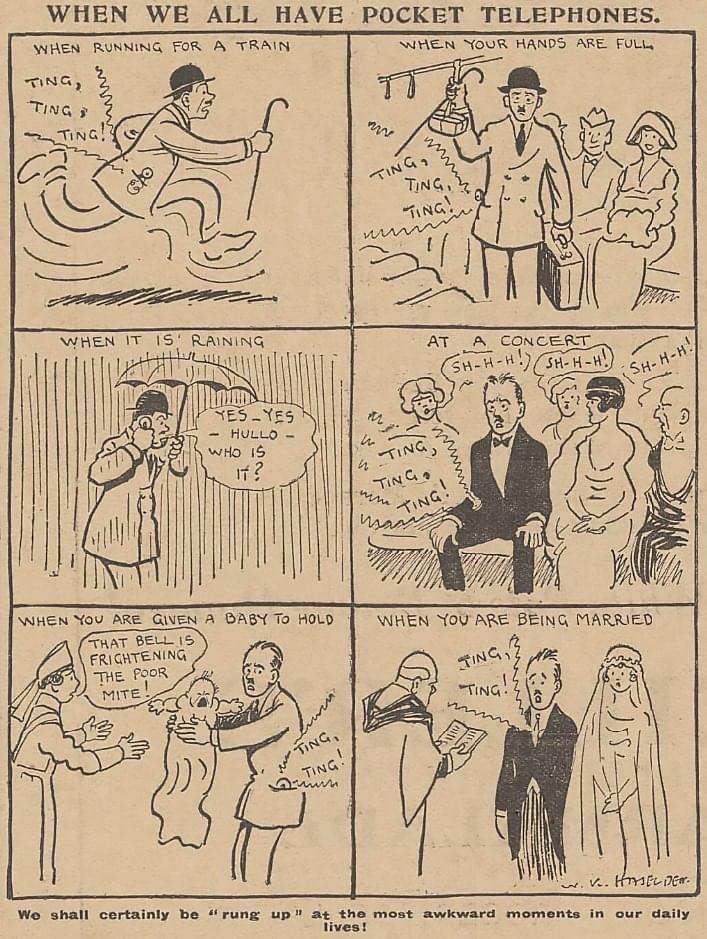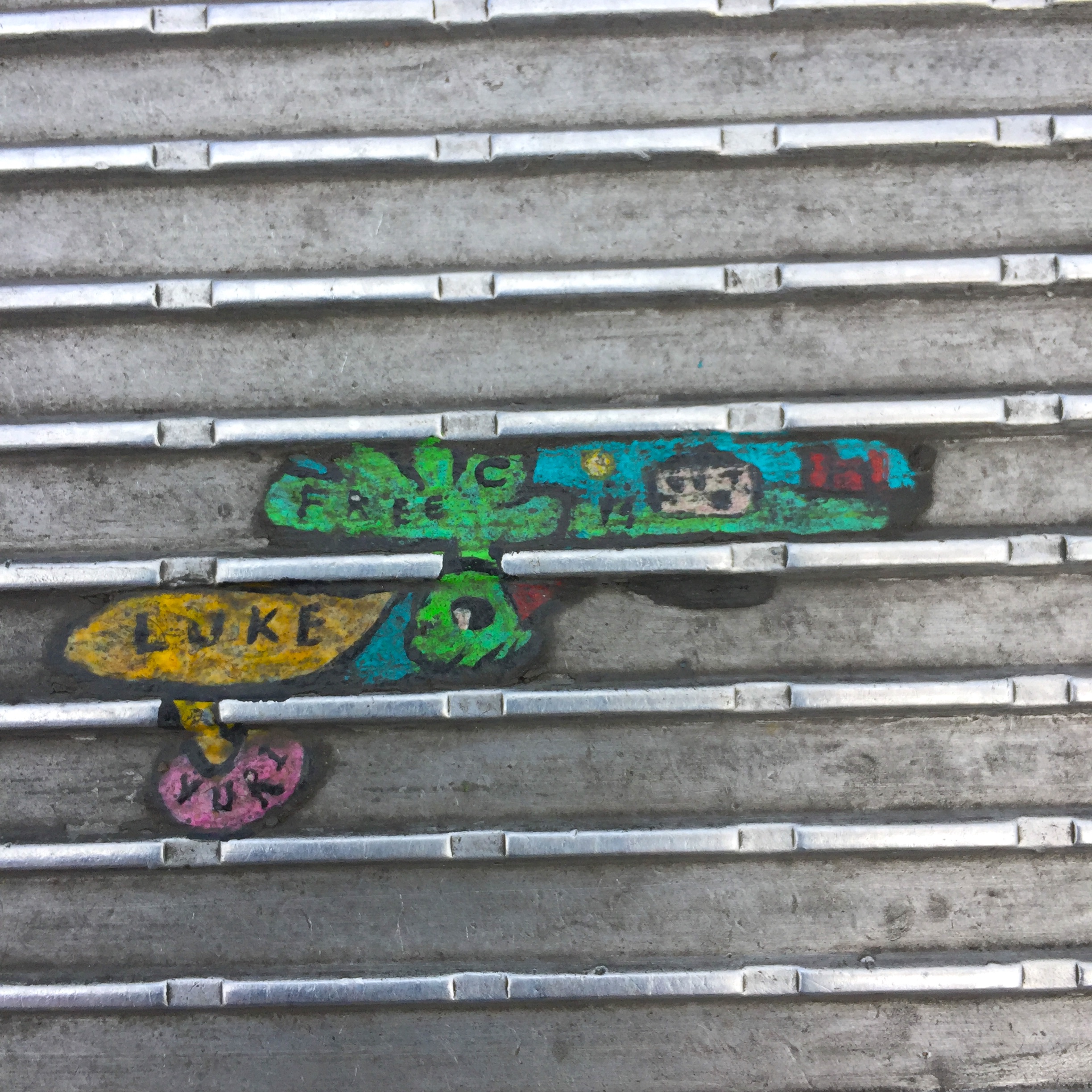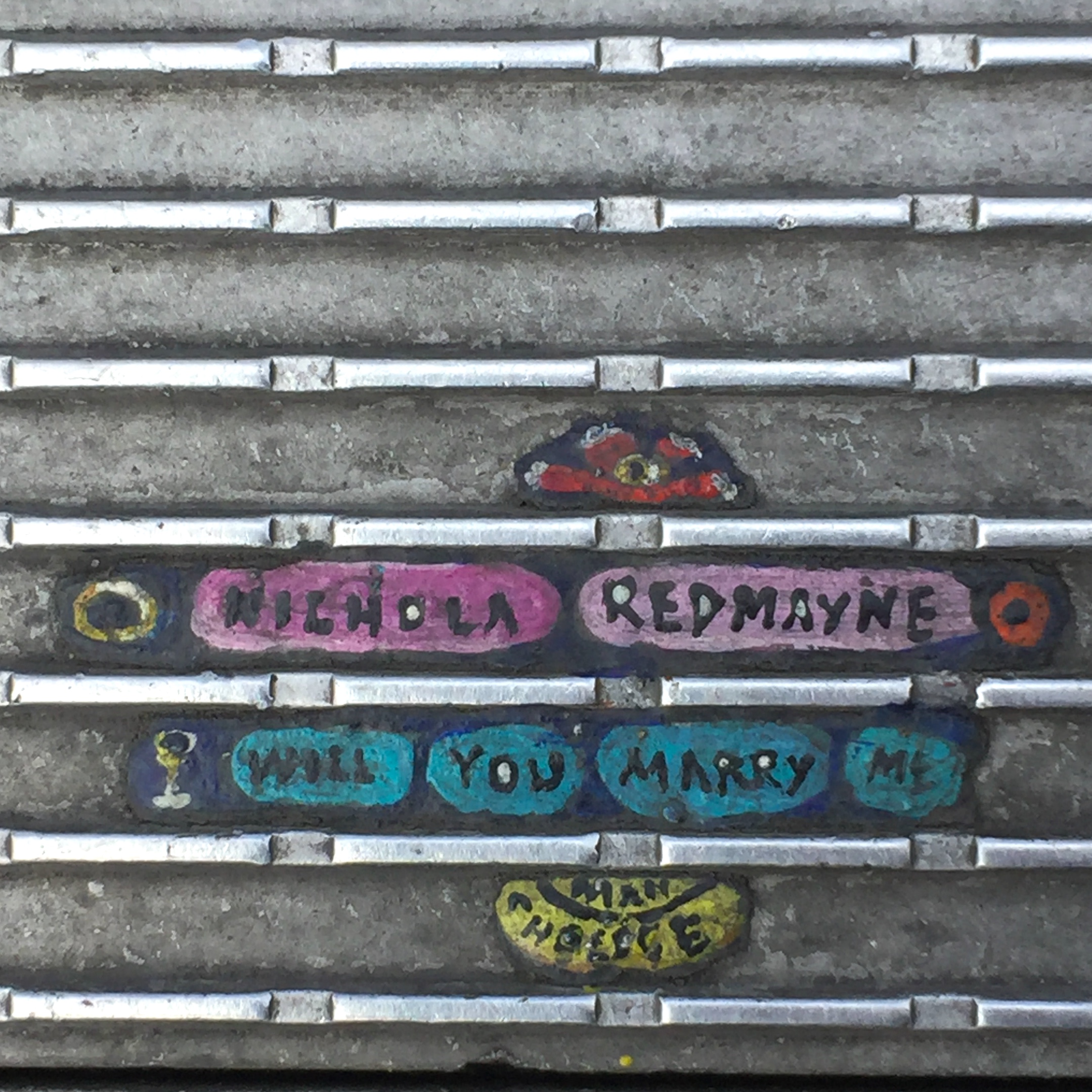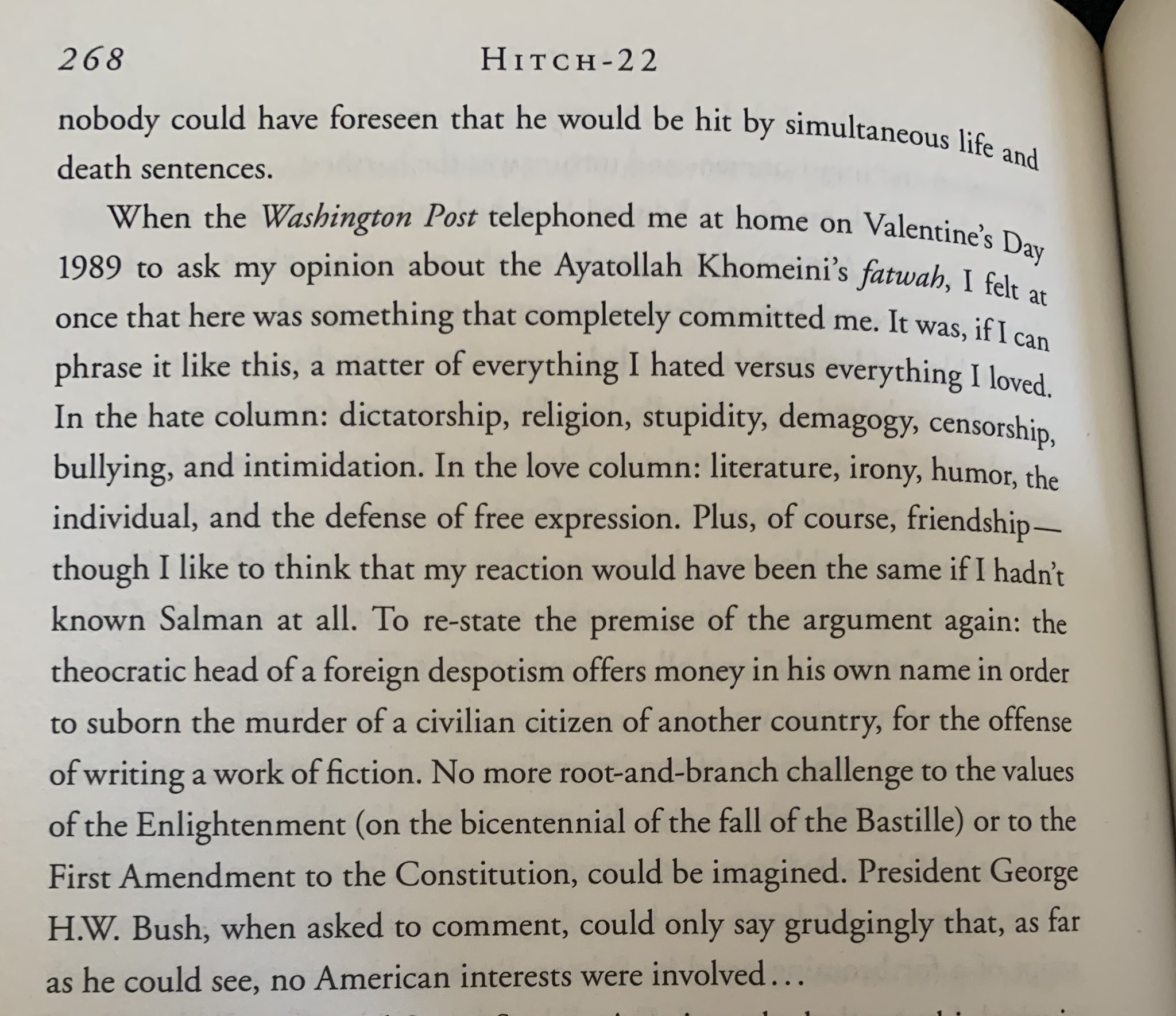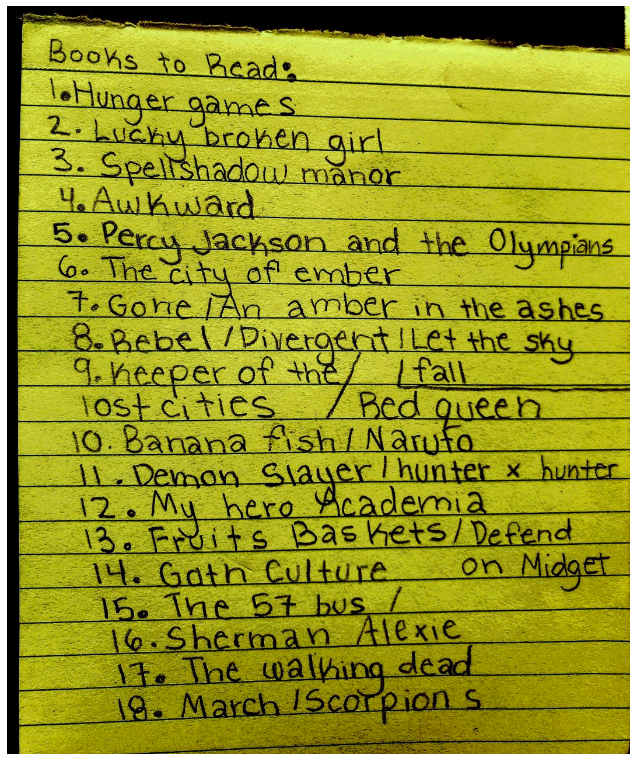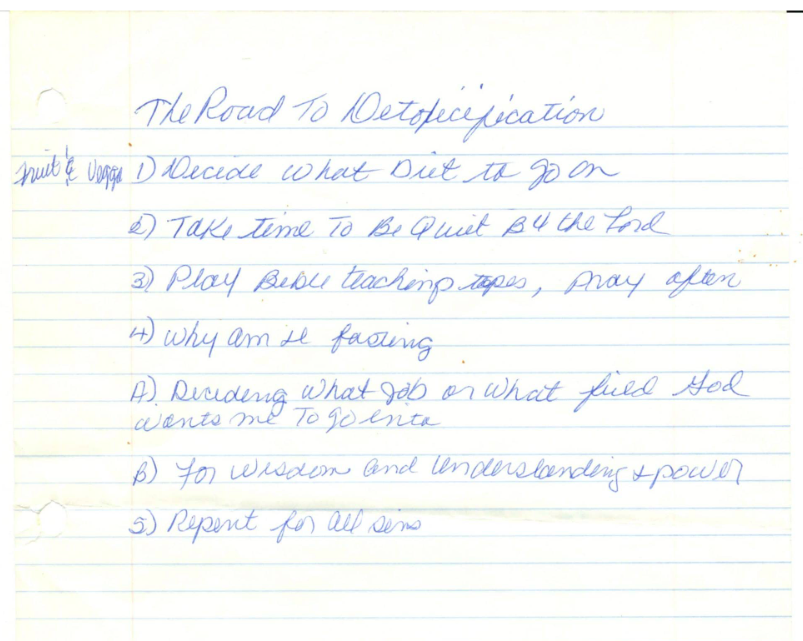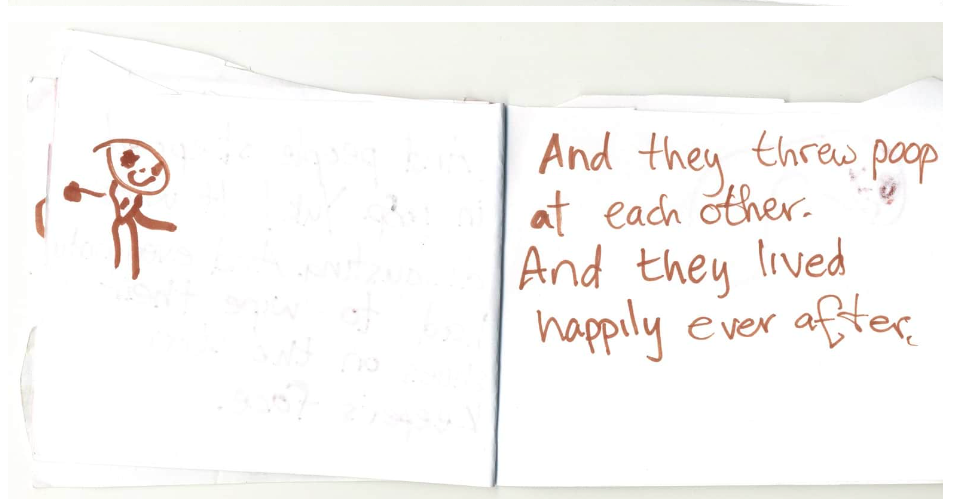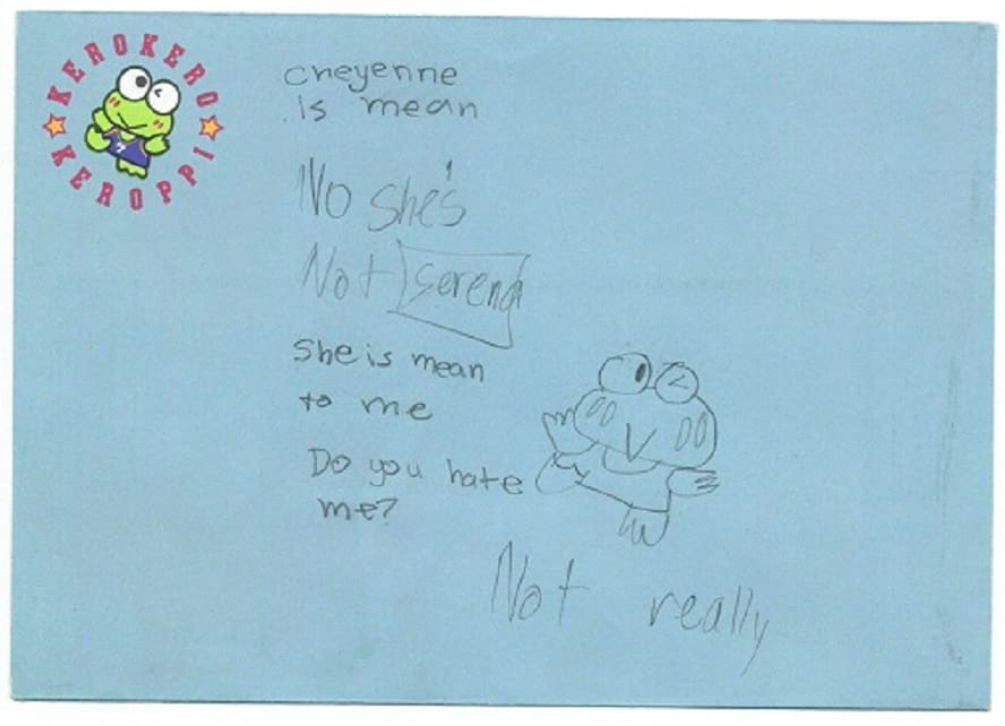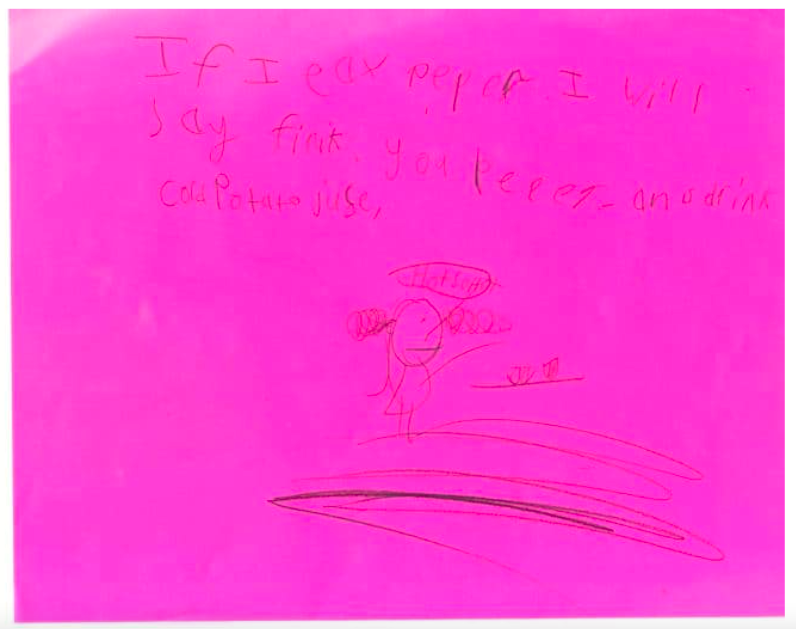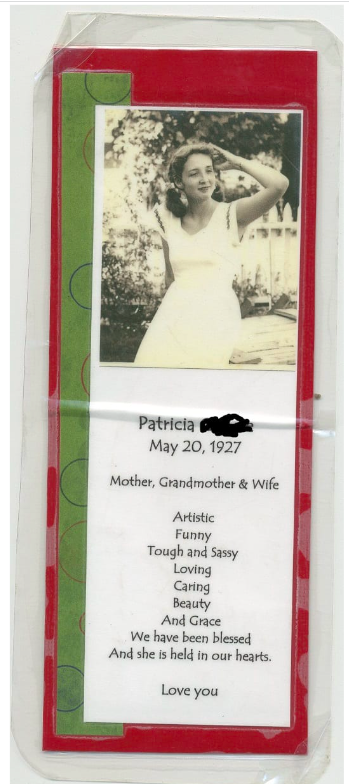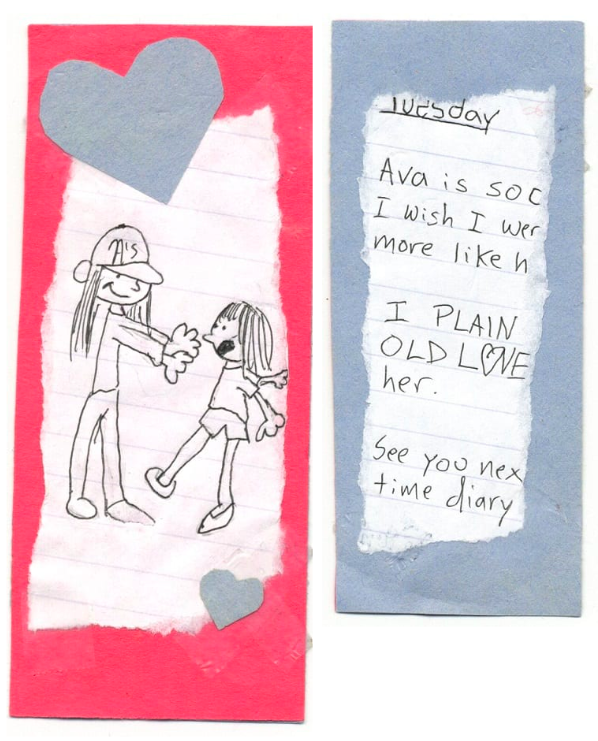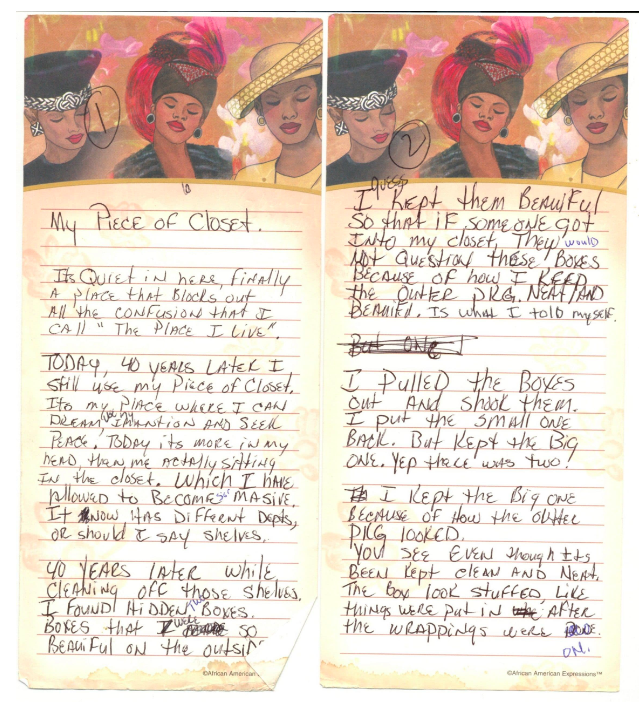Alfred Hitchcock specialized in films about marked men: innocents, more or less, who suddenly find themselves pursued by sinister forces to the ends of the Earth. Little wonder, then, that Salman Rushdie would count himself a Hitchcock fan. The novelist references the filmmaker more than once in Salman Rushdie: Writing Under Death Threats, the DW television documentary above. He remembers a sequence from The Birds that cuts between students in a classroom and the playground outside: in one shot a blackbird comes to sit on the jungle gym, and just a few shots later it’s been joined by 500 more. “The case of what happened to The Satanic Verses was, it was something like the first blackbird.”
Rushdie refers, of course, to the fatwa called down upon him in response to that novel’s supposed blasphemies against Islam by Ayatollah Khomeini. As a result he had to spend most of the subsequent decade in hiding, under the protection of the British government. By the time of this documentary, which came out in 2018, the danger seemed to have passed.
“What’s happening now, as the scandal goes away,” he says of The Satanic Verses, “is that people are able to read it as a book, rather than as some kind of scandalous text.” But the danger had not passed, as we learned earlier this month when Rushdie was stabbed onstage at a literary event in upstate New York, avoiding death by what’s been reported as a narrow margin indeed.
This story has its ironies, not least that Rushdie’s attacker was born in California a decade after the Iranian government’s disavowal of the fatwa. But for Rushdie himself, the attempt on his life can’t have come entirely as a surprise: he saw the gathering blackbirds of violent fanaticism as well as those of metropolitan complacency. Reflecting on the 2015 attack on French satirical magazine Charlie Hebdo, he laments that “even people who are on the liberal, progressive, leftist end of the spectrum now find ‘problematic’ the idea of supporting people who make fun of religion.” Always and everywhere, writing has been done under the threat of one kind of punishment or another; more than 30 years after The Satanic Verses, Rushdie’s case remains the most harrowingly extreme illustration of the writer’s condition.
Related content:
Hear Salman Rushdie Read Donald Barthelme’s “Concerning the Bodyguard”
Salman Rushdie: Machiavelli’s Bad Rap
Based in Seoul, Colin Marshall writes and broadcasts on cities, language, and culture. His projects include the Substack newsletter Books on Cities, the book The Stateless City: a Walk through 21st-Century Los Angeles and the video series The City in Cinema. Follow him on Twitter at @colinmarshall, on Facebook, or on Instagram.
